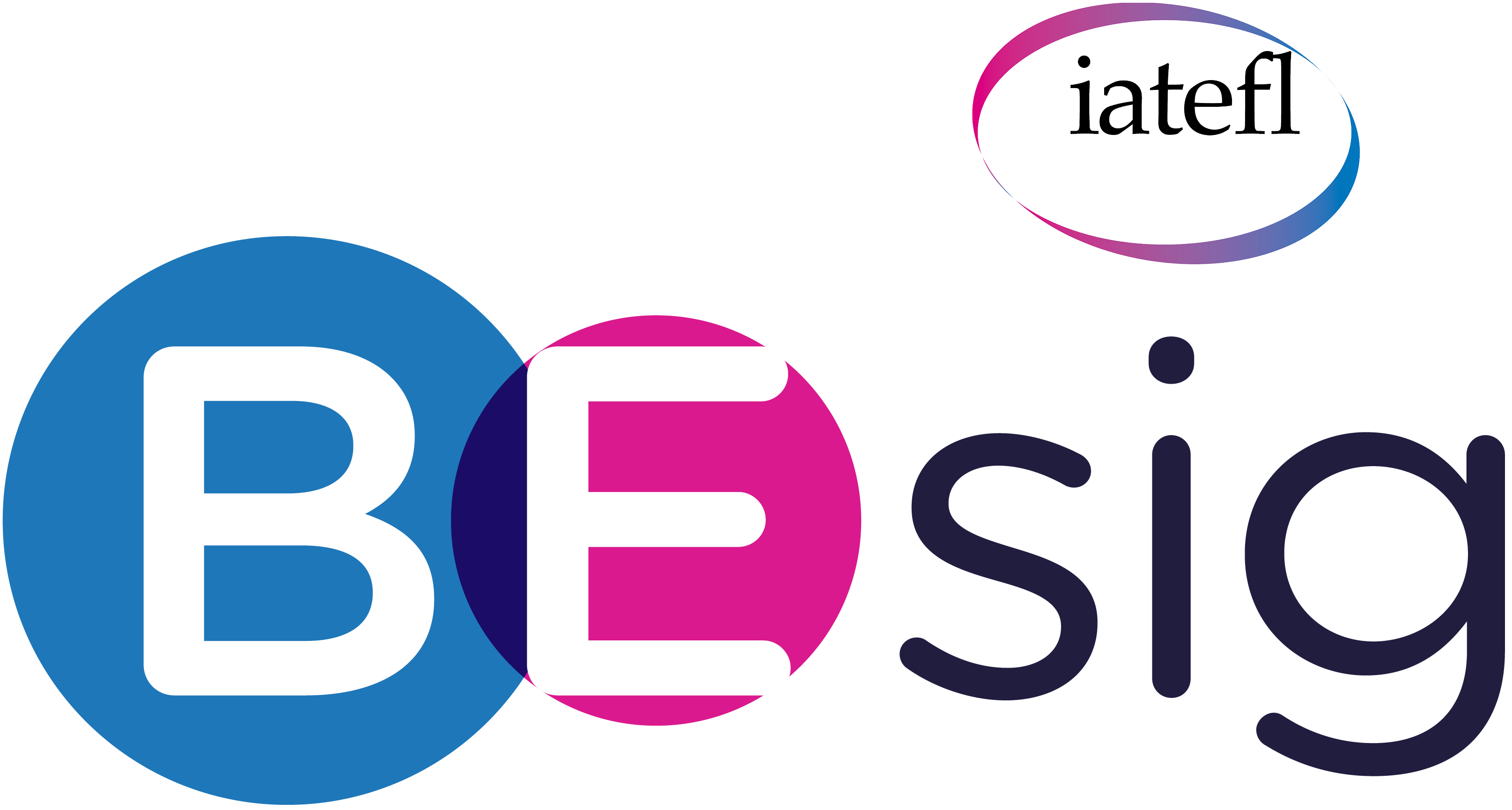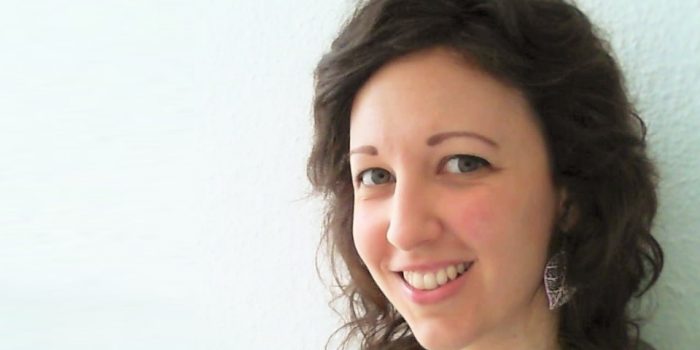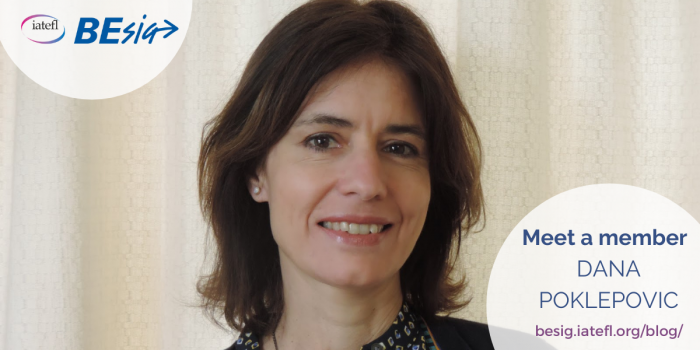
Mary Sousa
In this interview, we bring you some reflections and perspectives of a business English trainer in a new country: Hungary. Mary shares the main communication issues her Hungarian students face, gives us an overview of the Creative Café meetup she helps run, and also tells us about how she combines current with traditional pedagogy in her teaching.
Bio: Mary Sousa has a wealth of experience in the teaching of foreign languages, especially English to Hungarian speakers. She has been teaching language skills to students for more than 40 years. She has her own way of combining traditional and current pedagogical techniques.
How was your experience as a first-time presenter at BESIG in Iasi?
I ran an interactive workshop designed to pool everyone’s best activities – yet I felt like a beginner presenter! That’s a good thing, seeing your skills afresh and learning how to make them better.
You volunteer and help run the Creative Café in Hungary. Can you tell us a bit about it?
Once a month, we run a two-hour session with two active workshops about diverse areas of teaching, with an informal tea break between them. It’s food for thought with socializing thrown in. It’s amazingly successful – the participants just keep coming back.
How do you combine traditional and current pedagogical techniques when teaching business English?
I do frontal teaching in that I call on students when we go through a gapfill or multiple-choice exercise together. What’s current is the way I focus on students, by choosing an exercise that relates to their interests or style of learning; tailoring the number of items to the number of students and how much practice they need; and especially stopping off several times as we go through the items to personalize and ask the students questions.
I regularly try out ideas like gamification and most recently launched a VLE. Maybe another example of blending traditional and pedagogical techniques is pre- and post-lesson work: I use Evernote to organize my groups and materials. Evernote is current, but the materials are organized in “4 Skills” which is traditional. As a digital immigrant, I like to experiment and do online what I used to do with pen and paper, which usually turns out way different from what I expected, but that’s okay! Whiteboards, for example. A few months ago, I bought a 20-year-old book about using whiteboards in the classroom — it’s great, and the ideas can work on a Zoom whiteboard, too.
What are some of the main communication issues your Hungarian students face?
Most of them are basically able to do in English what their jobs demand, but they want more (more colorful vocabulary, for example), and often they need my help with focused goal setting or on-the-spot language coaching. I believe in giving feedback in nearly every session; it shows students how they are reaching their objectives.
How important is having a strong network for you?
My network gives me great new ideas to experiment with and incorporate into my lessons. I love to try new things.
What is an area of business English teaching you’d like to develop or are currently developing?
I’m working on more codified syllabi and using Google Classroom and Edmodo to build a bank of materials for each group and 1-to-1 students.
Have you always been a business English teacher? If not, what other jobs have you done and how have they helped your teaching practice?
I was a translating executive secretary and marketing representative before I started teaching Business English. Those jobs developed my skills in time management, record keeping, and staying organized.
Questions by Mandy Welfare
Editing by Mike Canning
5th July 2020
MEET A MEMBER is available to IATEFL BESIG members and non-members alike but only features our current members. Another reason to join us and “BE with BESIG.”



